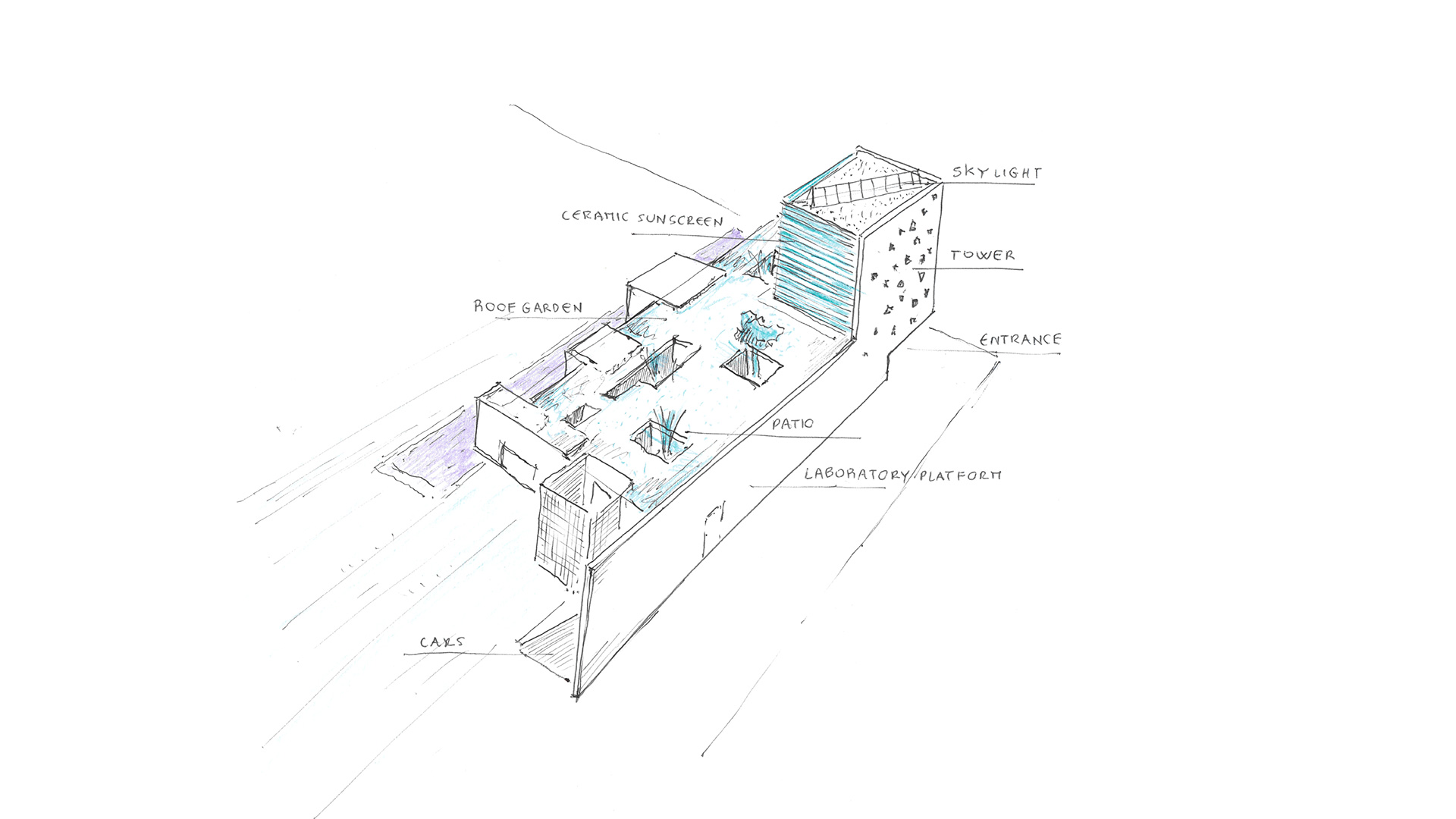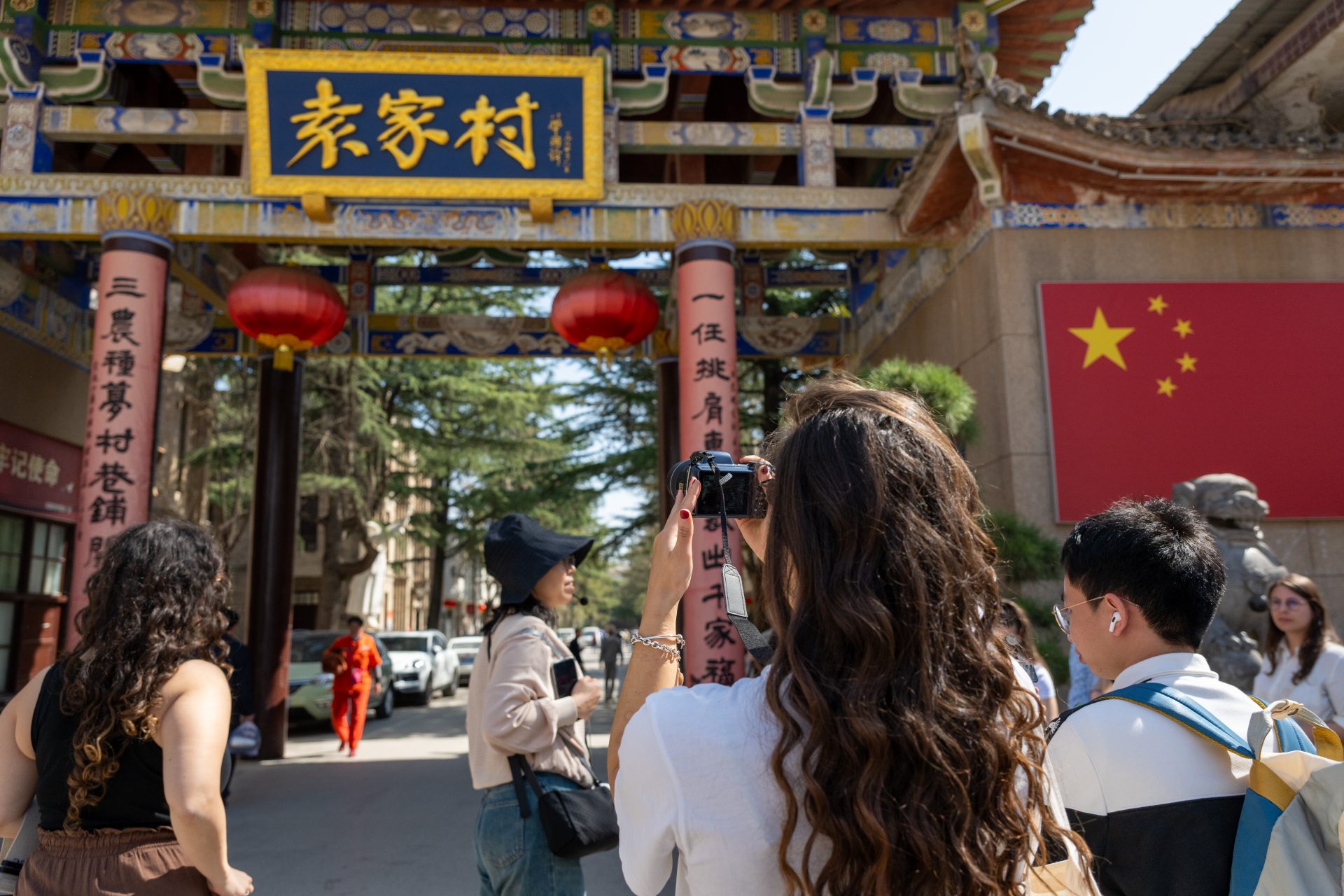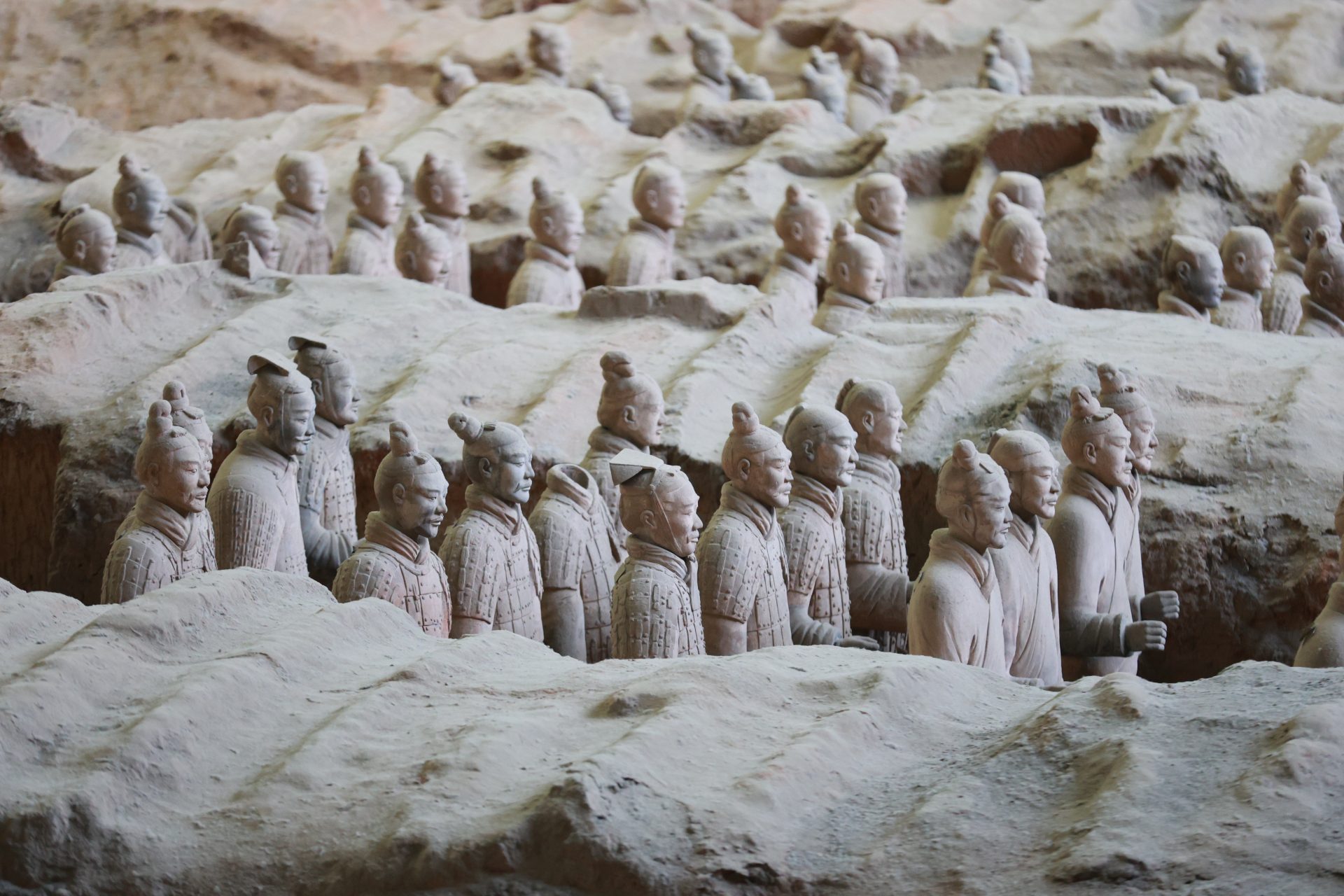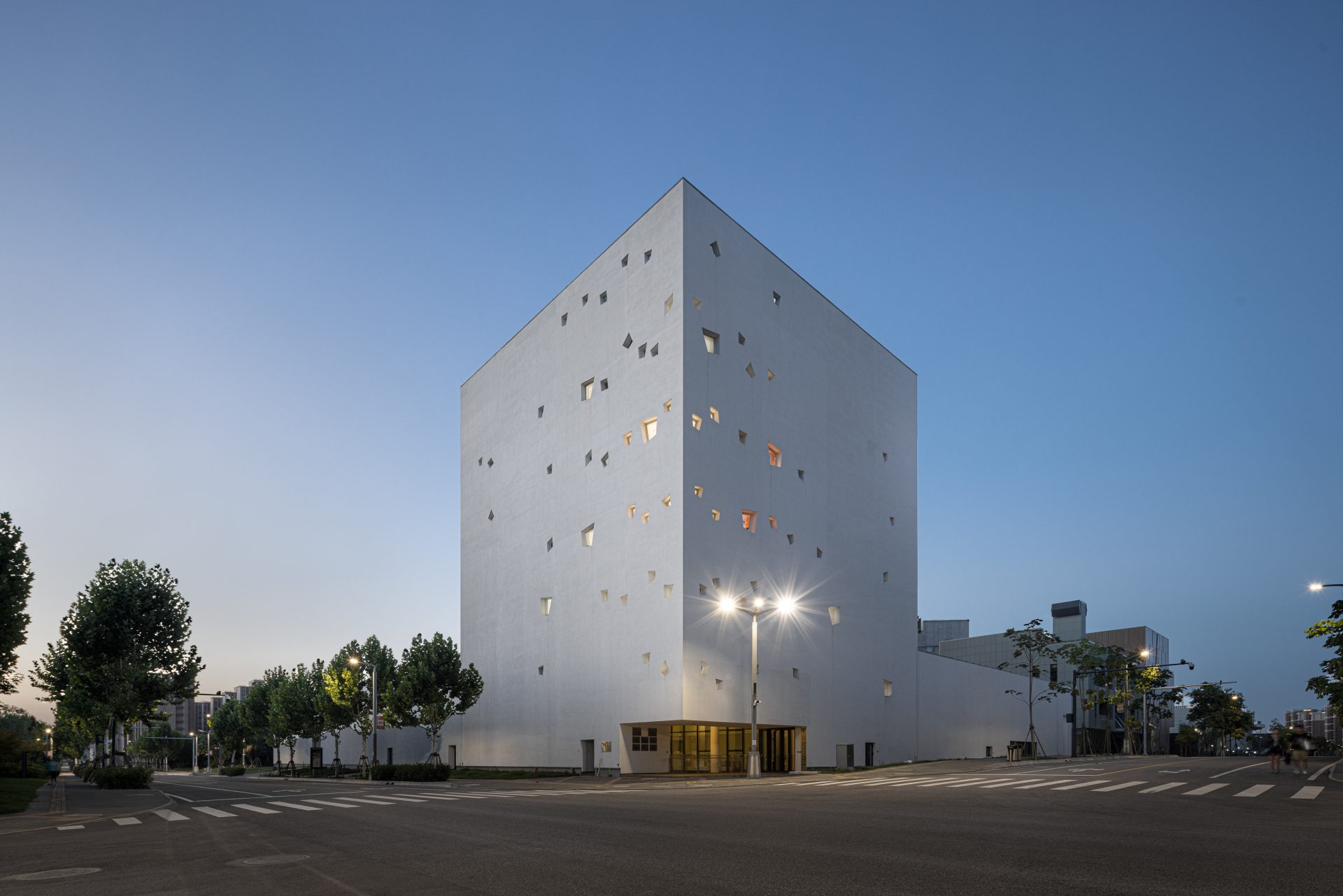
XJTU-POLIMI International Campus
News
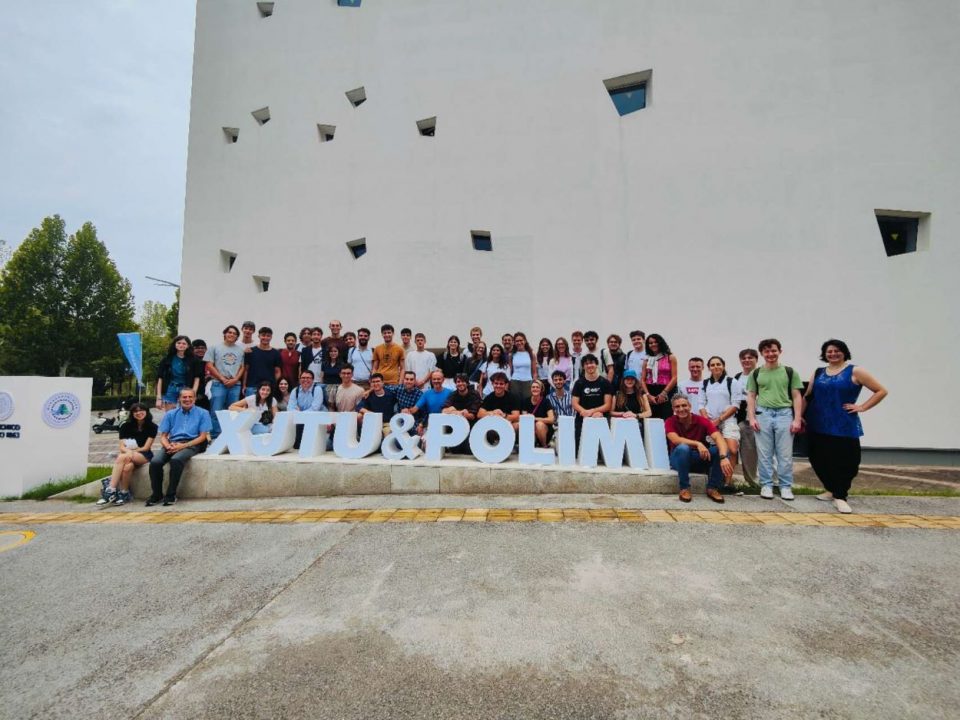
Polimi Students in China for the 2025 Summer Camp
The second edition of the Summer Camp at Xi'an Jiaotong University successfully concluded
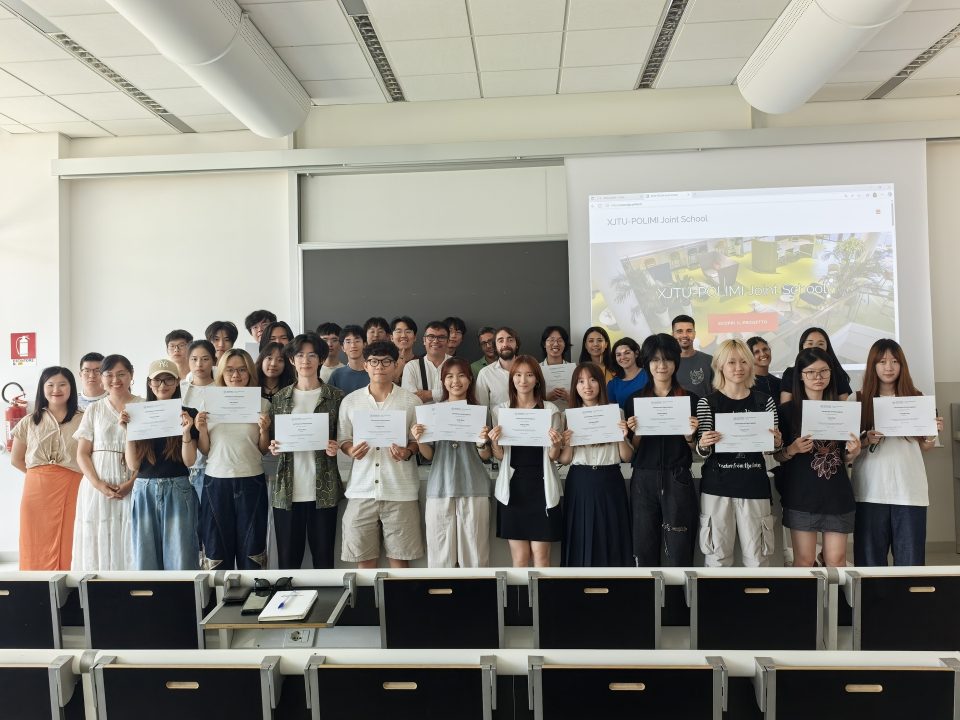
2025 Engineering Industrial Design Study Tour
The second edition of the study tour for students in the Engineering-Industrial Design program at the XJTU-POLIMI Joint School took place from July 14th to 24th
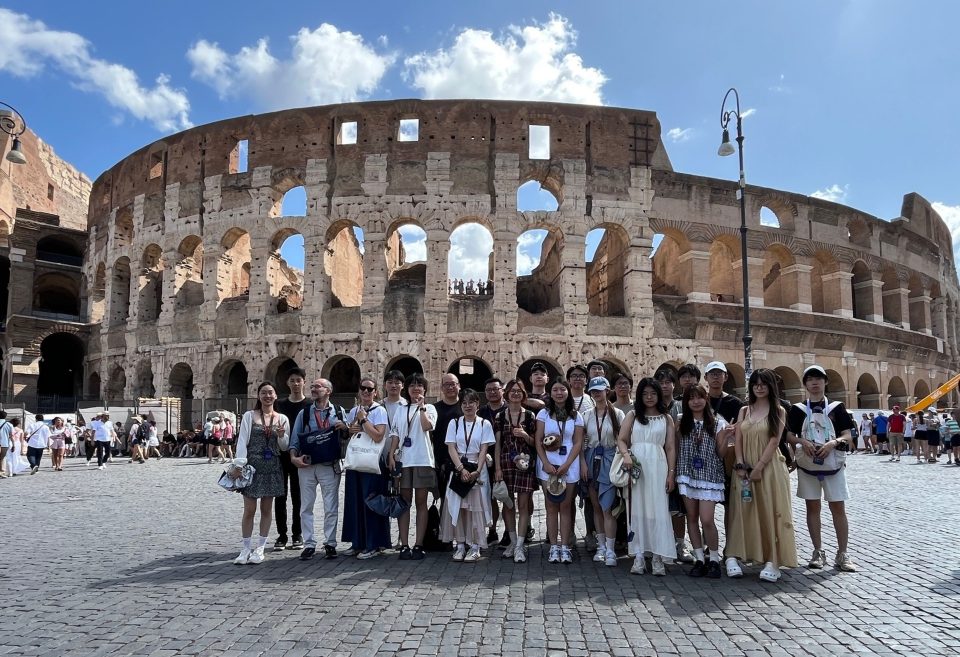
2025 Architecture Study Tour
The second edition of the study tour dedicated to the Architecture students of the Joint School was inspired by the Grand Tour, a fundamental educational journey for art and architecture students in the eighteenth century

Dezeen features students project from XJTU-POLIMI Joint School
Several projects developed by students from i XJTU-POLIMI Joint School have been published on Dezeen, the international design blog
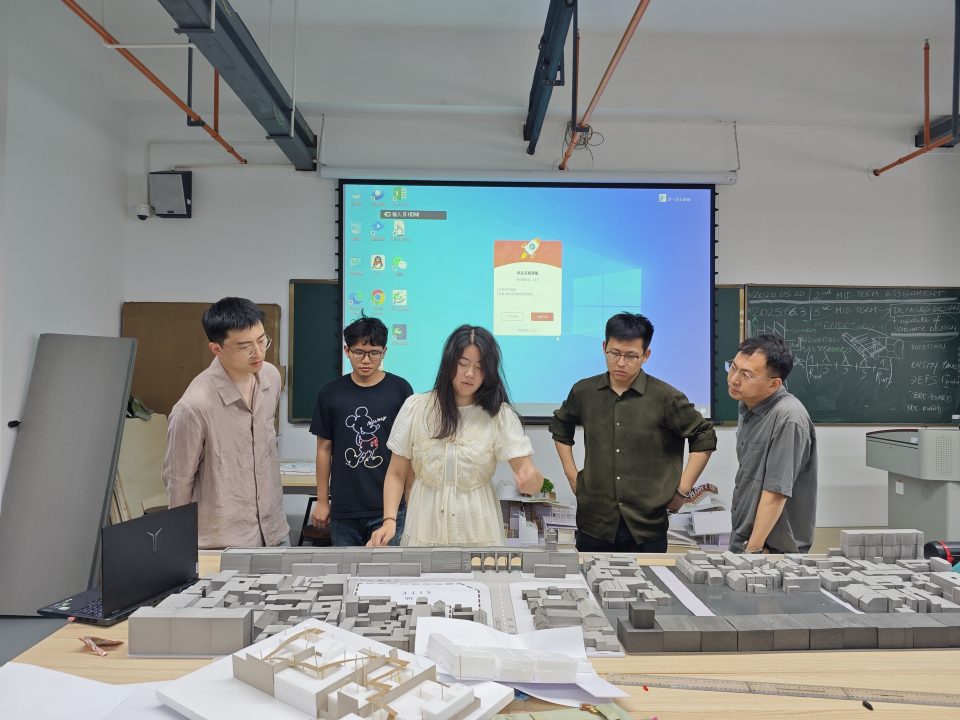
From academic studies in Milan to professional career in China
Zhou Ruizhe and Yang Junbo, founders of Modum Atelier, visited XJTU-POLIMI Joint School
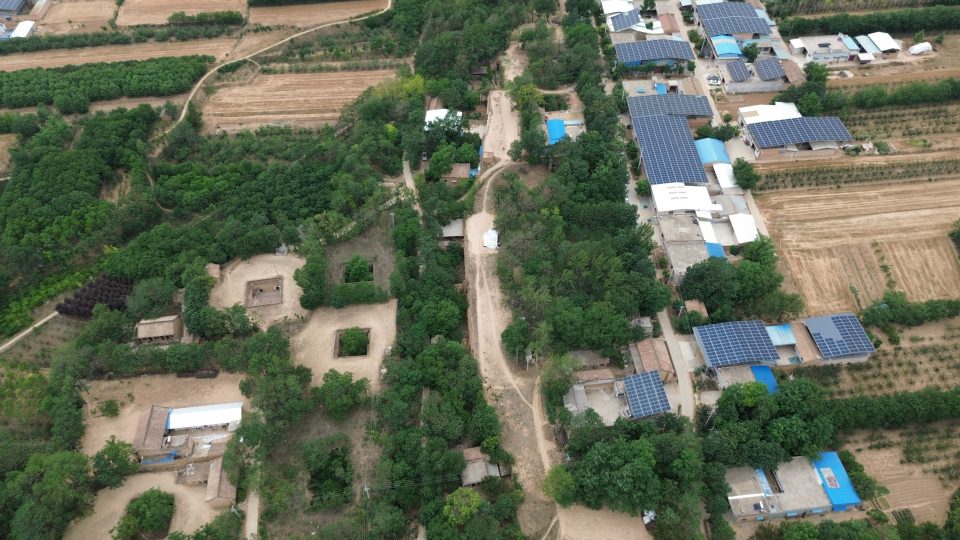
Second Field Visit of the Joint Lab to Baishe Village
On Saturday, June 7, representatives of the Sino-Italian Joint Laboratory carried out a second field visit to Baishe Village
